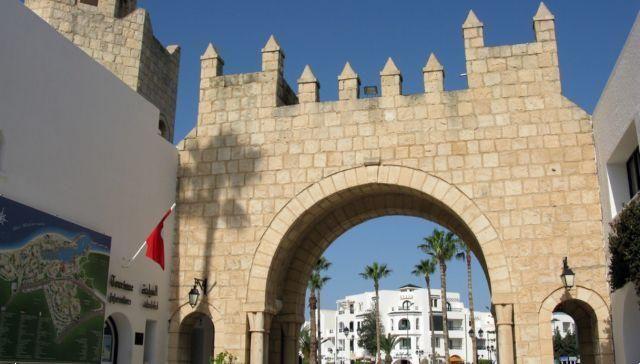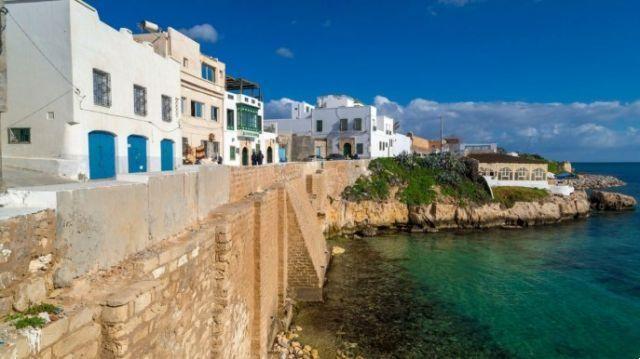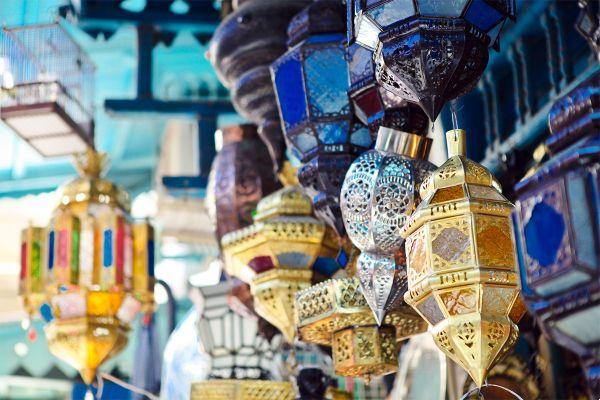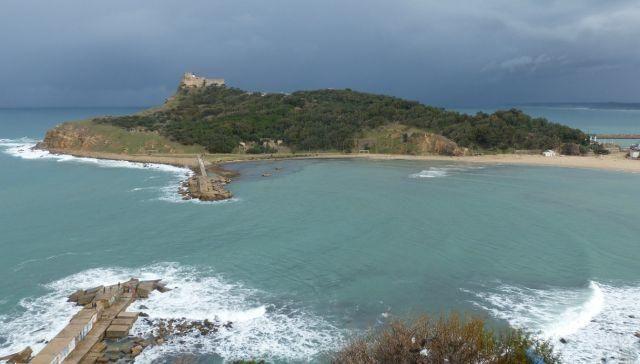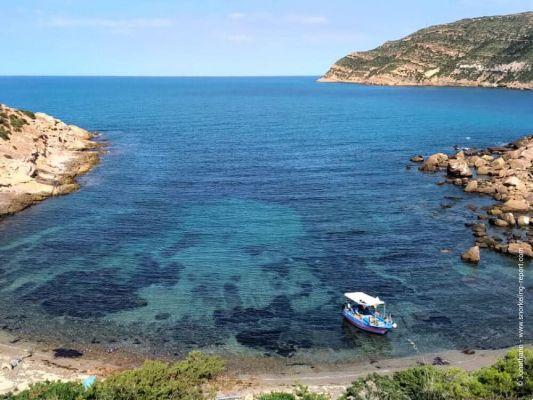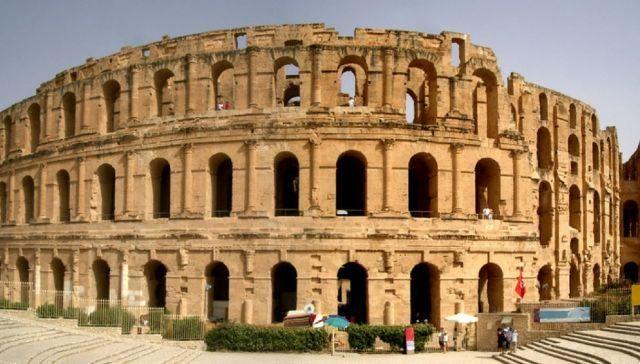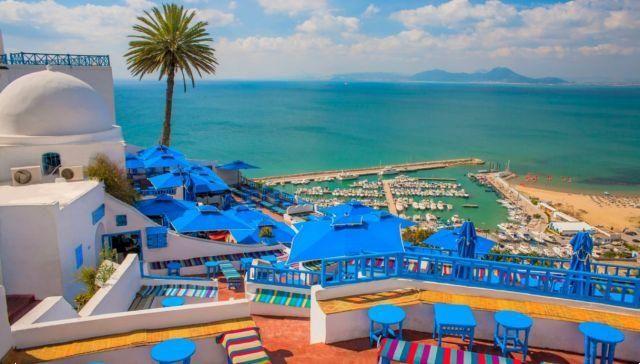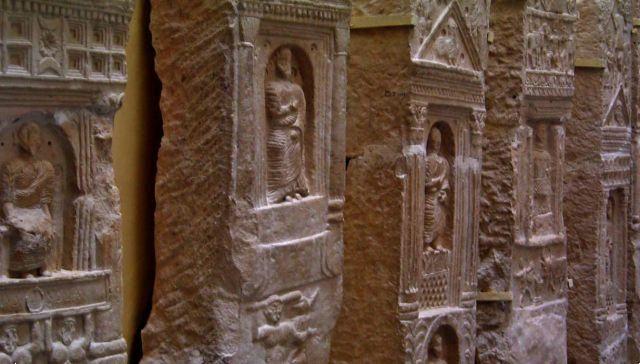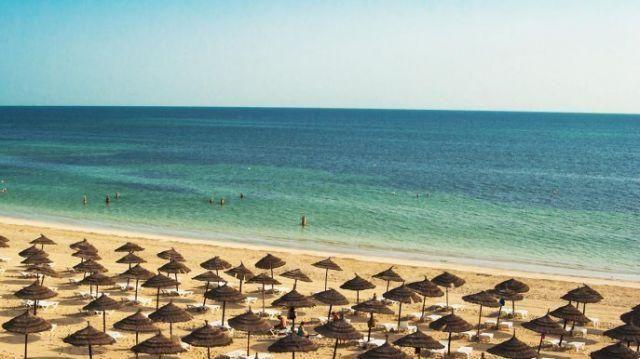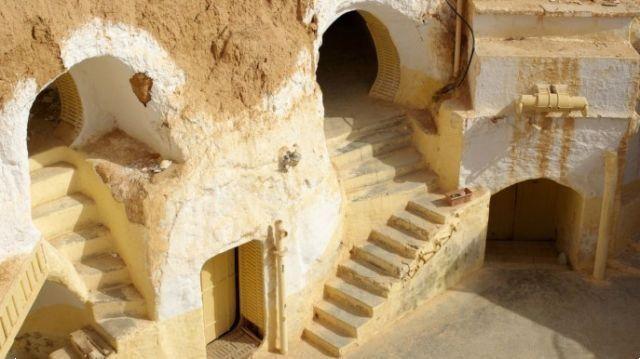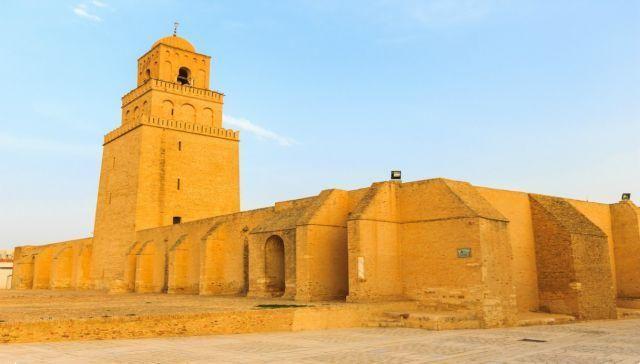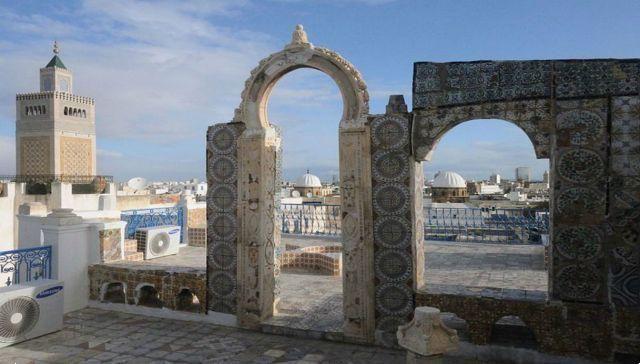 Among the things to see in Tunis there is certainly its medina which will allow you to discover a city that has become a meeting place between the cultures of the Mediterranean.
Among the things to see in Tunis there is certainly its medina which will allow you to discover a city that has become a meeting place between the cultures of the Mediterranean.
Capital of Tunisia, Tunis it is a large city with 2 million inhabitants that overlooks a lagoon connected to the Mediterranean, and over the course of its thousand-year history it has seen many peoples and cultures enter its doors, creating a unique and layered reality of traditions. In this guide we will follow a one-day itinerary in the ancient city, to discover the history and Arab culture of Tunis in the heart of its medina.
La medina of Tunis it is the oldest historic center of the city and is today surrounded by the ring road which follows the ancient route of the city walls and was built during the 1660th century. Inside you will find a fascinating atmosphere made up of narrow streets, ancient buildings and markets full of life and colors in a route that starts from the Porte de France, the main entrance to the medina, and near which you will also find the church of the Holy Cross , the oldest in the city and now deconsecrated. Built in XNUMX by the French, inside you can visit the numerous exhibitions that are set up in Tunis throughout the year.
Continuing along the road, after passing the Tunisian National Library, you will arrive in front of one of the most important religious buildings in Tunis: the Moschea Jamaa ez-Zitouna, dating back to 732 and built using many columns and materials from the nearby city of Carthage. The building is a powerful construction surrounded by a portico which extends over two floors and is surmounted by a large, richly decorated dome. The entire mosque is a triumph of geometric decorations and fretwork that give it a surprising lightness and was inspired by the great Hispano-Moorish constructions. In the library attached to the mosque, richly illuminated manuscripts and some very rare parchments are preserved.
A short distance from the mosque are the madrassas of Tunis, the Koranic schools of es-Slimanya and en-Nakhla, an example of how artistic expression and religious devotion have come together in a continuum between decoration and study of the Koran.
After the tranquility and silence of the places of worship, prepare to enter the lively chaos of suk, the typical markets of the Arab tradition, where each sector of local craftsmanship has created a dedicated area in the intricate network of streets in the center of Tunis. You will first find the souk of perfumes, bottled in ampoules of all shapes and sizes, then the souk of fabrics and dyers, followed by the women's souk where the protagonists are mainly used objects and clothes. Continuing you will come across the cotton souk and the carpet souk, where an army of merchants will try to convince you that their goods are the oldest and most valuable in all of Tunisia.
After this whirlwind of colours, scents and objects, the best choice is to stop in one of the typical taverns of the center of Tunis for a thirst-quenching drink before setting off again.
In the souks you will also find the small, but interesting Museo Sidi Bou Krissan, inside a large tree-lined garden and where hundreds of tombstones and Muslim funerary monuments are exhibited which cover an arc that goes from the 900s to the present day.
Remaining in the area, precisely in the Square du Chateau, in an elegant nineteenth-century building there is the Archaeological and Ancient Art Museum, very interesting for discovering the past of Tunis through its artistic expressions.
Continuing to explore the alleys of the medina you can orient yourself by following the tall minarets of the other two important mosques of Tunis: the ancient Mosque of the Aghlabids and the Hammouda Pacha Mosque with its unmistakable octagonal minaret. Near this mosque there is also the mausoleum of the same name, a particular funerary monument from the 1600s inspired by Italian architecture and in which one of the main beys (sovereigns) of Tunis is buried.
The imitation of Italian architecture is a distinctive feature of many buildings in Tunis, as demonstrated by the Dar ben Abdallah, an ancient noble palace dating back to 1600 and now home to the regional Museum of Popular Arts and Traditions. This interesting museum collects many commonly used objects in a temporal sequence that follows the growth of a person from childhood to old age.
If you want to visit an ancient defensive structure of the city you will have to go to the Porta Bab Jedid, where it is possible to observe the ingenious defense system against sieges, created thanks to a zigzag corridor from which the inhabitants of Tunis could hit their enemies from multiple directions, while the latter did not have enough space to hit the door reinforced.
After this long wander around the streets of the medina, go to a hammam, to treat yourself to a steam bath and relax in complete tranquility. Hammams are very popular in the medina area of Tunis and you will find them of all sizes and price ranges. To end the day in Tunis, return to the Porte de France, where we started our itinerary, and continue towards the Berges du Lac district, towards the lagoon, where the best clubs and restaurants in the city are located to wait for the sun to go down on Tunis.





